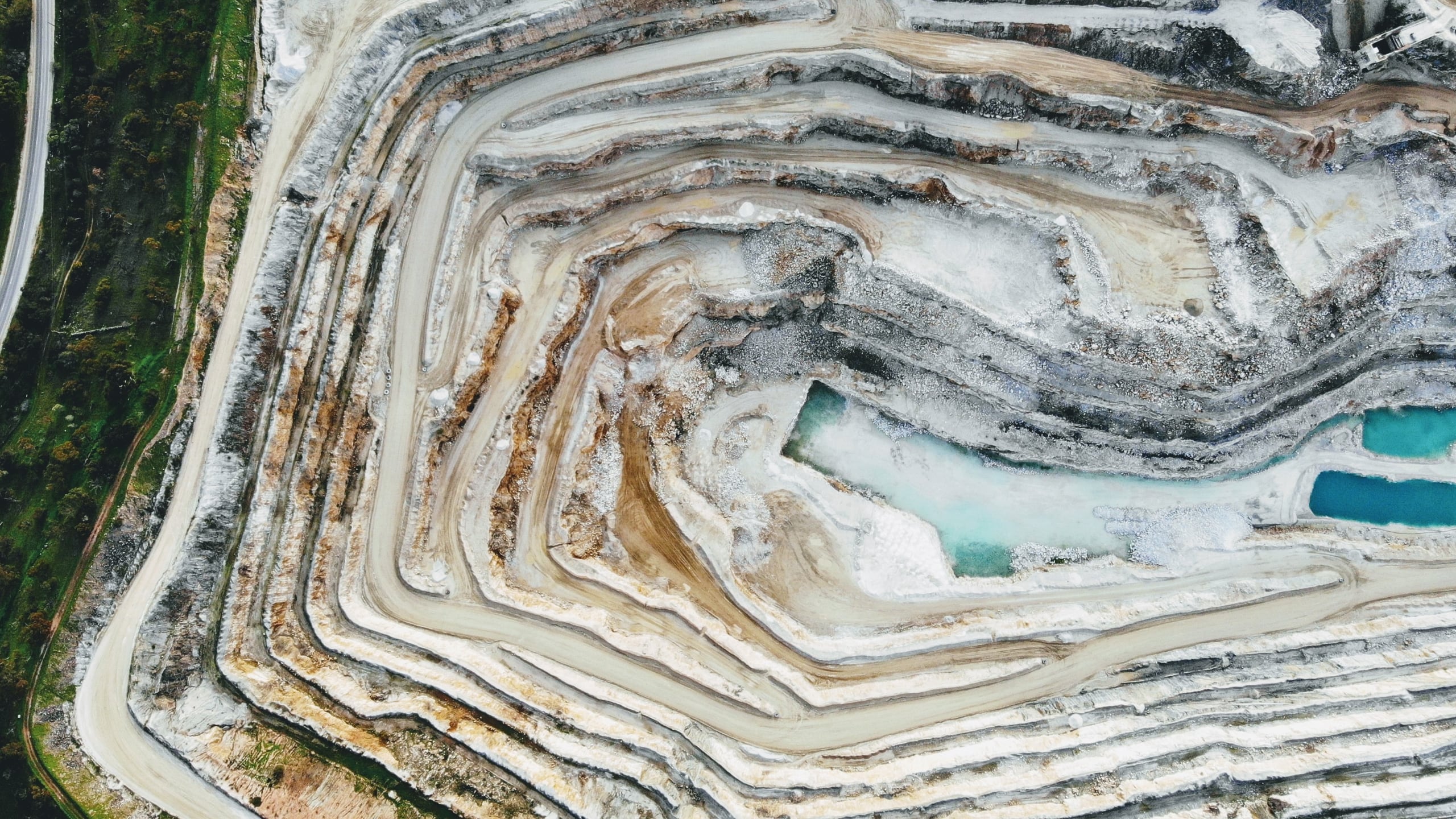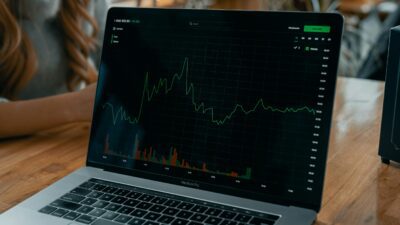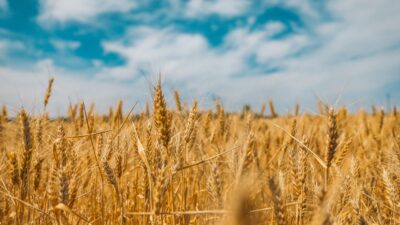Sydney Business Insights

Megatrends watch
Resource security for renewable energy? No worries!
“The world’s reserves of the materials needed for clean energy infrastructure are sufficient for even the highest-demand scenarios.”
MIT Technology Review | January 2023
First the good news
The earth has enough raw materials to power the production of renewable energy to meet the world’s growing energy needs AND keep global warming under 1.5 degrees Celsius.
Supplies of aluminium, steel, and rare-earth metals are available in large enough quantities to power the global energy grid with renewables. Even the mining and processing of these materials won’t exceed the limit needed to keep the world under the targets set in the 2015 Paris Agreement.
The source of this welcome news in the MIT Tech Review is a recently published study in the scientific journal Joule.
The researchers looked at 17 key materials needed to generate low-emissions electricity. Materials like polysilicon – the key ingredient in solar panels, and fiberglass, needed for the blades of wind turbines.
Their mission was to calculate the geologic reserves of these materials, meaning the world’s total resources that can be recovered economically.
The climate and resource security megatrend tracks both the supply side issue of the planet’s resources and the environmental sustainability of their use. More than 60 rare metals are critical to the deployment of renewable technologies. With energy demand predicted to increase by 50% between 2018-2050 the supply of the ingredients for batteries, wind turbines and solar panels are critical to the world reducing greenhouse gas emissions.
Still the good news
While mining and processing of these materials does produce emissions, over the next 30 years this would add up to less than a year’s worth of global emissions from fossil fuels. And any up-front emissions cost would be offset by savings from the clean energy technologies replacing fossil fuels.
But, of course, there is a ‘but’
Extracting these different key resources does come with critical social and environmental challenges.
Many of these materials are located in countries with exploitative working conditions, including the use of child labour. The Democratic Republic of the Congo holds about half the world’s supply of cobalt – a key ingredient in lithium-ion batteries. Children as young as four have been reported as sifting through rocks to pick out the valuable substance.
In the US, areas rich in copper are also the traditional lands of indigenous communities who are fighting to preserve their environment without the degradation such extraction would inflict.
Megatrend conflict
Powering the world’s energy needs and also reducing greenhouse gas emission is the holy grail of policy makers and business across the world. However, the rights of individuals and communities should not be trampled in the flight to a ‘cleaner and greener’ future. While this megatrend warns there is no future in ‘business as usual’ there is no justice in doing whatever it takes to meet our global environmental goals.
Megatrends watch: climate and resource security
Subverting
Stable
Accelerating
This update is part of our Megatrends Watch series, which tracks developments that inform our six global megatrends….
Image: Dion Beetson
Sydney Business Insights is a University of Sydney Business School initiative aiming to provide the business community and public, including our students, alumni and partners with a deeper understanding of major issues and trends around the future of business.
Share
We believe in open and honest access to knowledge. We use a Creative Commons Attribution NoDerivatives licence for our articles and podcasts, so you can republish them for free, online or in print.









